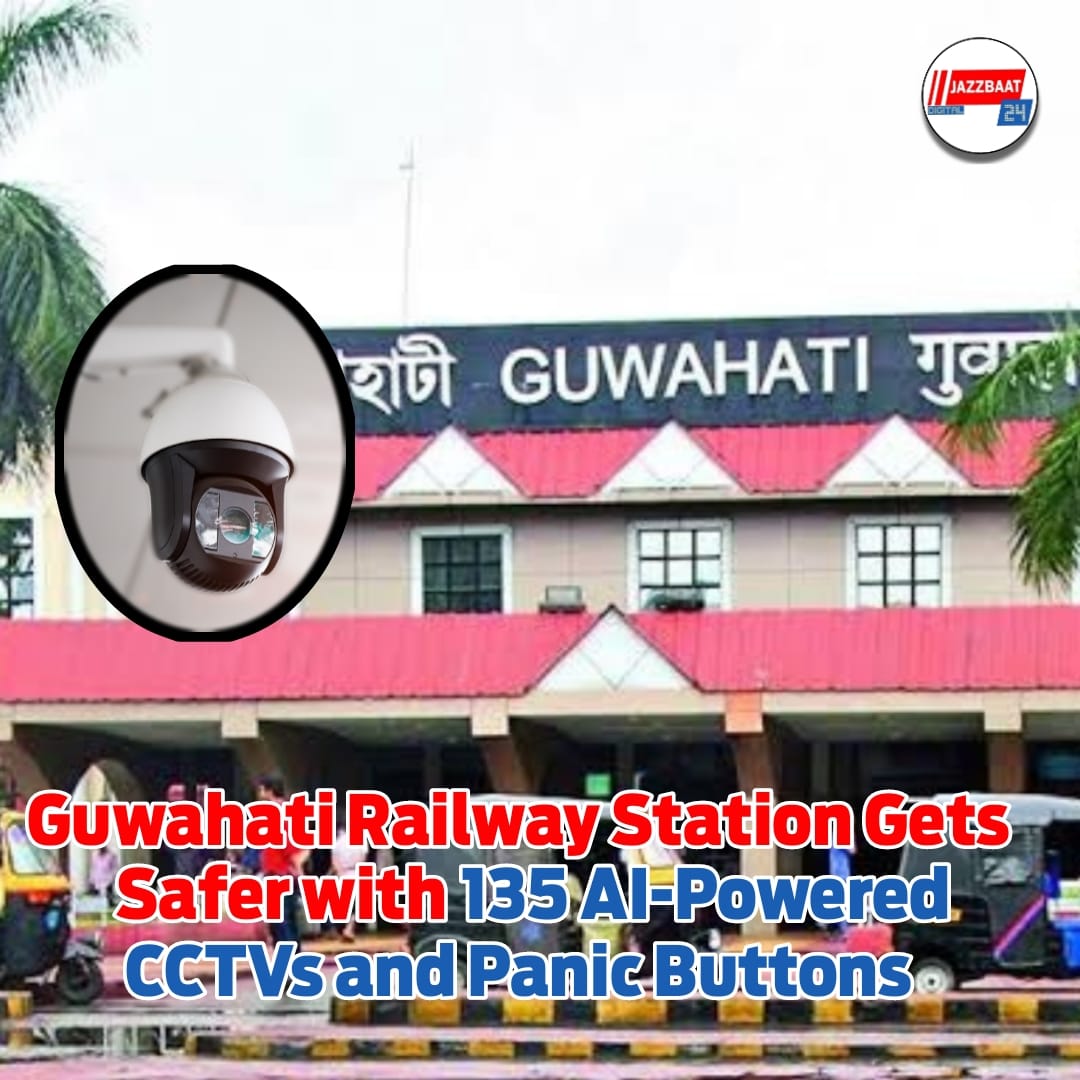
Guwahati railway station has enhanced its security network by installing 135 AI-based CCTV cameras in a ₹1.3 crore NFR project. On 19 April 2025, the new security system was unveiled and it contains facial recognition as well as behavioral tracking to monitor passenger movement as well as suspicious loiter within a particular duration in real-time.
The cameras are strategically located at station and platform corners, all monitored from a centralised control room where suspicious activity can automatically trigger alarms, enabling security personnel to respond quickly. There is an anti-tampering device on every camera that detects and warns attempts to block or destroy the equipment, taking photos of the offenders.
To further add to the safety of passengers, 20 panic buttons are mounted at strategic locations on platforms. Panicked passengers can press these buttons to instantaneously alert the control room, which receives the person's photograph and exact location for instant intervention by security teams.
The system is meant to offer quick response and enhance the overall safety scenario at one of the busiest railway stations in the Northeast.
Authorities like RPF Director General Manoj Yadava and NFR General Manager Chetan Kumar Shrivastava highlighted the importance of integrating cutting-edge technology with integrated security measures to meet the growing demands of Indian Railways and protect passengers. This upgrade places Guwahati Railway Station among the safest railway stations in the region, leveraging AI to provide efficient and proactive surveillance.
In short, the deployment of AI-enabled cameras and panic buttons at Guwahati Railway Station is a big step in passenger safety, bringing together real-time monitoring, fast alert mechanisms, and robust anti-tampering features to make the journey safer.